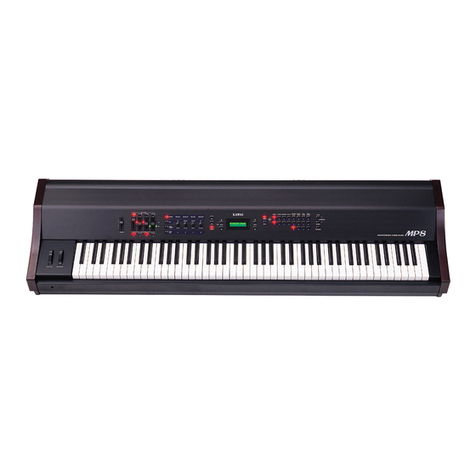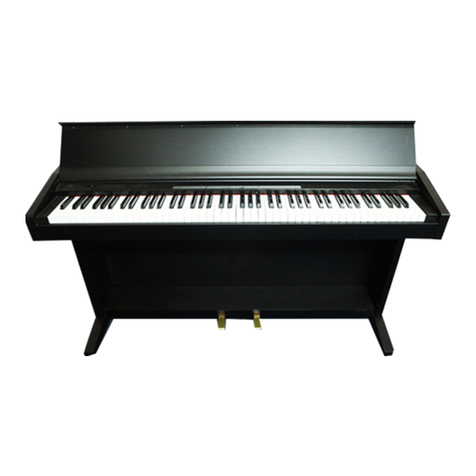Kawai CA401 User manual
Other Kawai Musical Instrument manuals
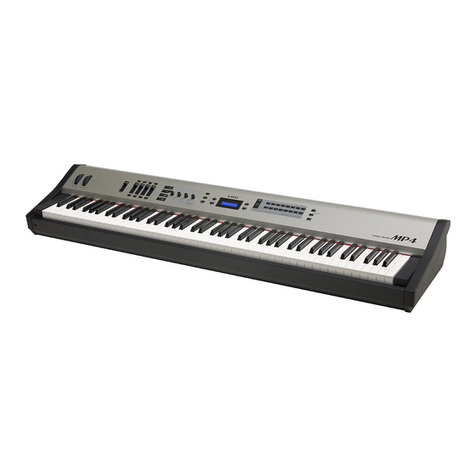
Kawai
Kawai MP4 User manual

Kawai
Kawai Nord Grand User manual

Kawai
Kawai Digital Piano P160 User manual
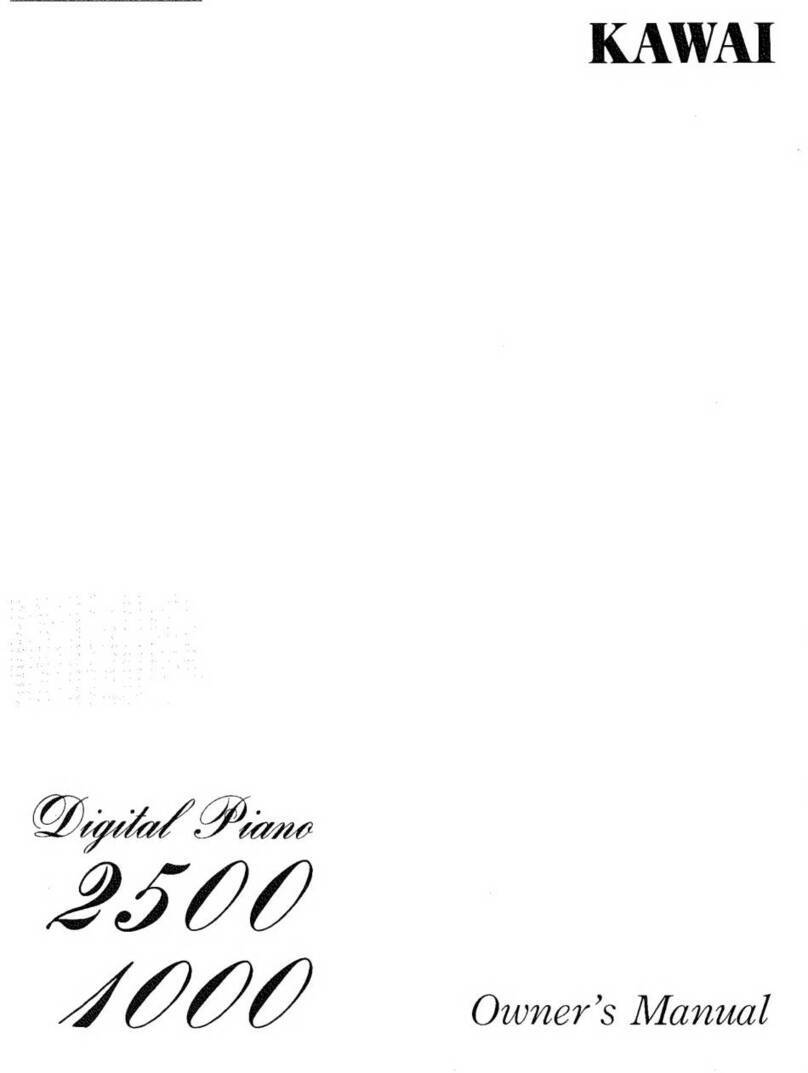
Kawai
Kawai 2500 User manual

Kawai
Kawai DX200 User manual

Kawai
Kawai Digital Piano CA750 User manual
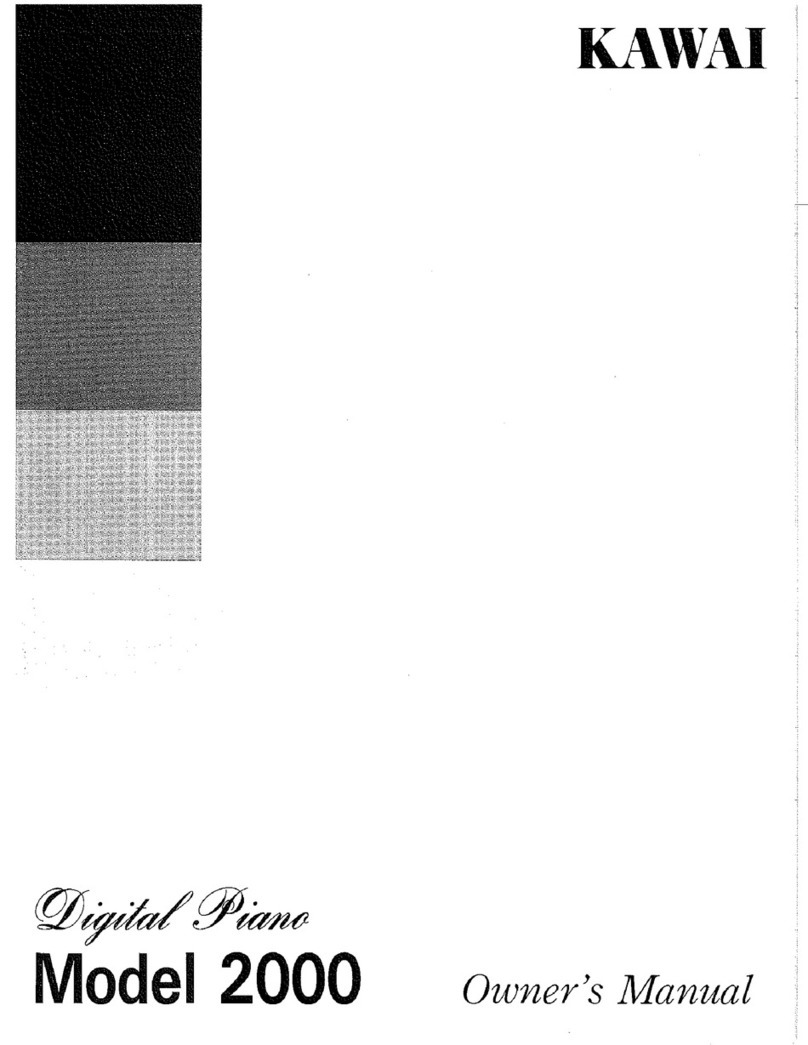
Kawai
Kawai Digital Piano model 2000 2000 User manual

Kawai
Kawai Anytime X2 ATX2-p User manual

Kawai
Kawai CN301 User manual

Kawai
Kawai CA901 User manual
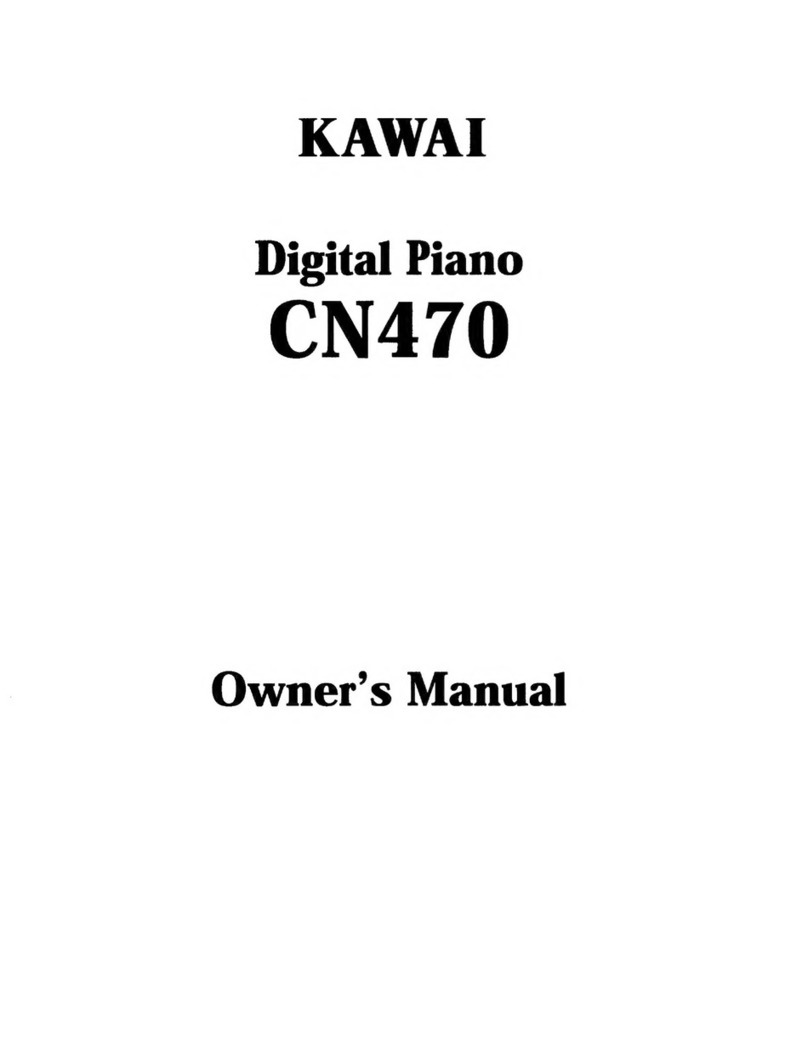
Kawai
Kawai CN470 User manual
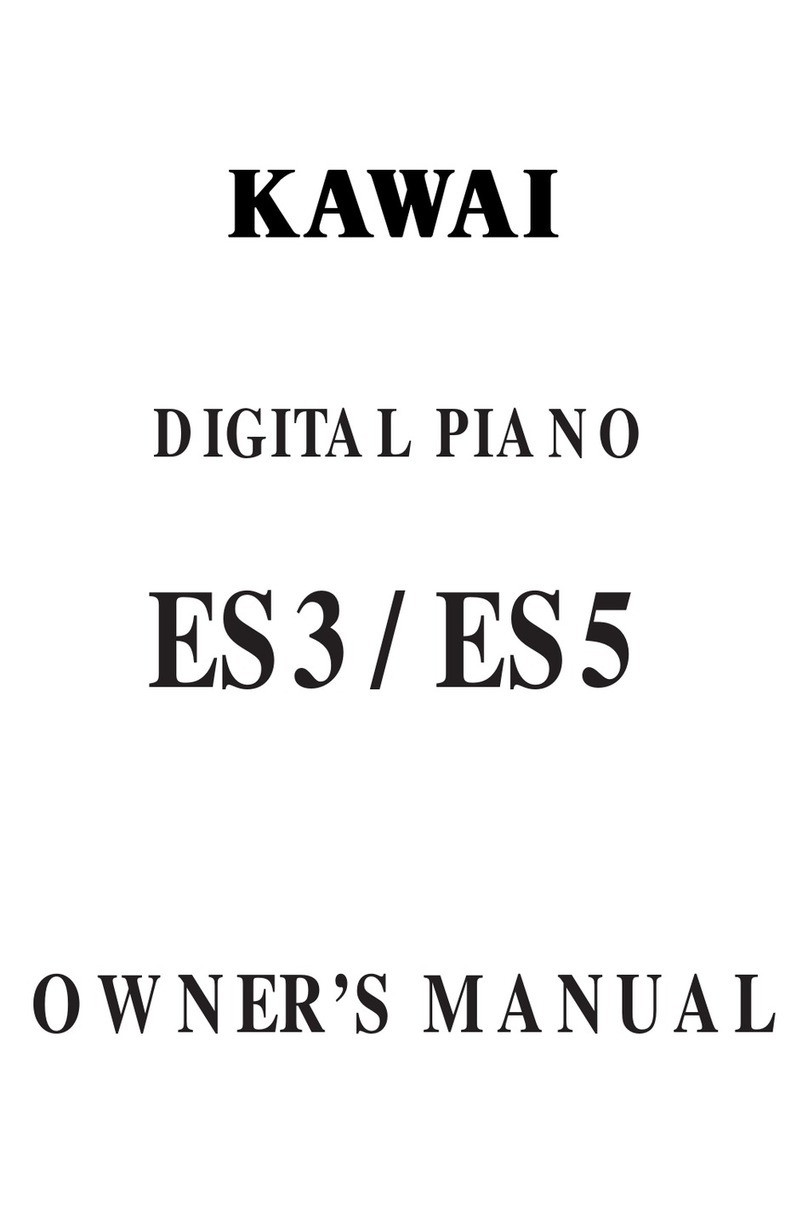
Kawai
Kawai ES3 User manual

Kawai
Kawai K-500 Aures User manual
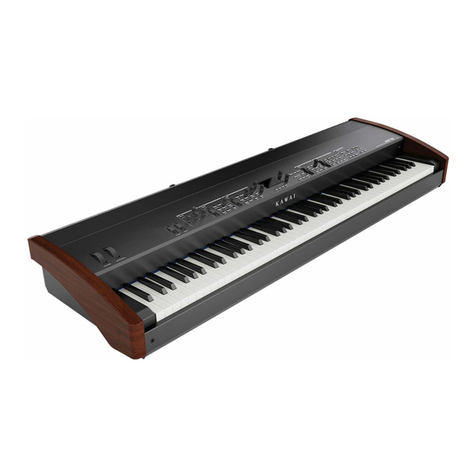
Kawai
Kawai MP11 User manual
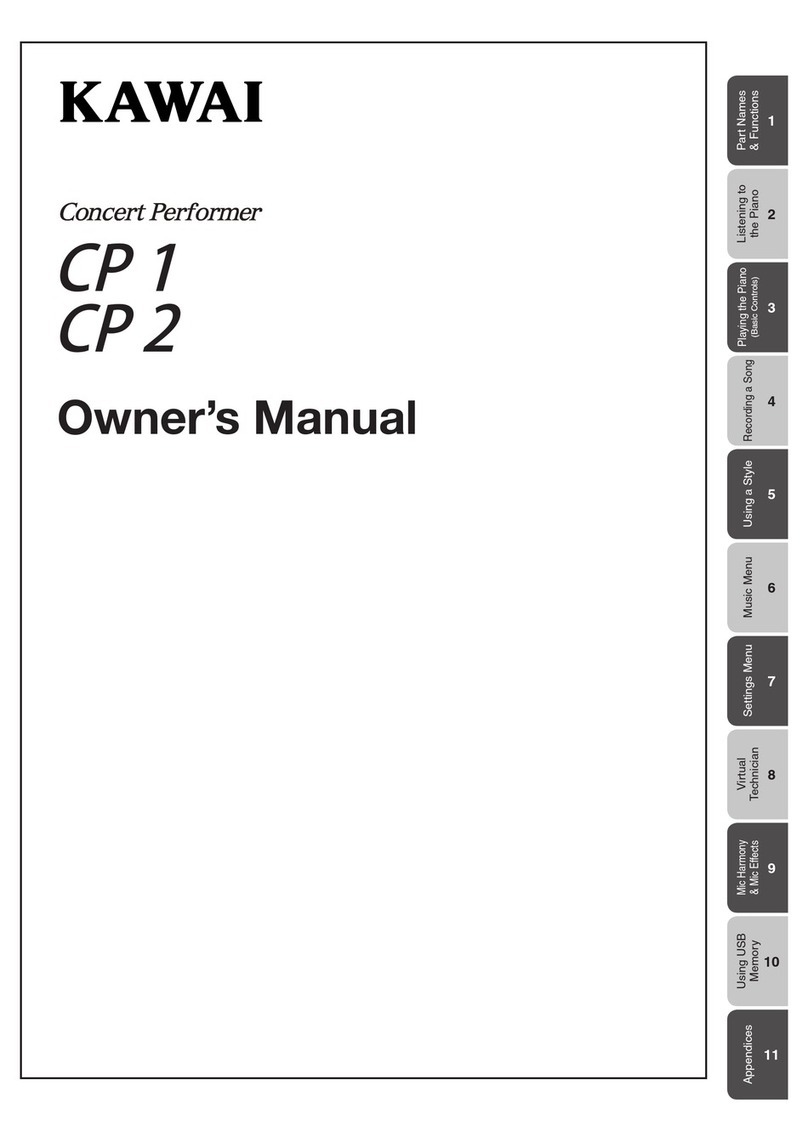
Kawai
Kawai CP 2 User manual

Kawai
Kawai CP115 User manual

Kawai
Kawai CA49 Technical manual
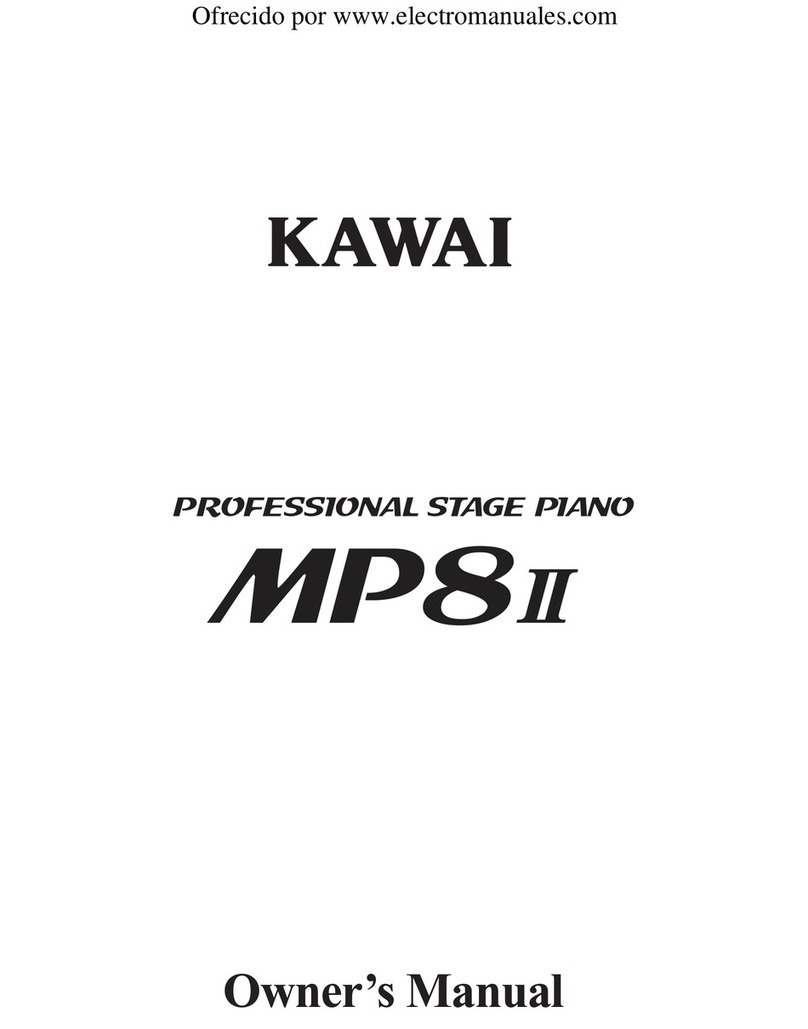
Kawai
Kawai Professional Stage Piano MP8II User manual
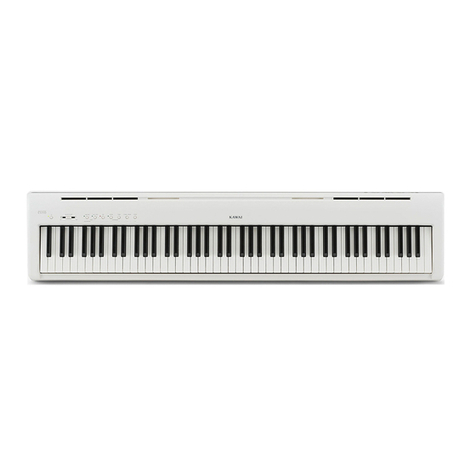
Kawai
Kawai ES110 User manual
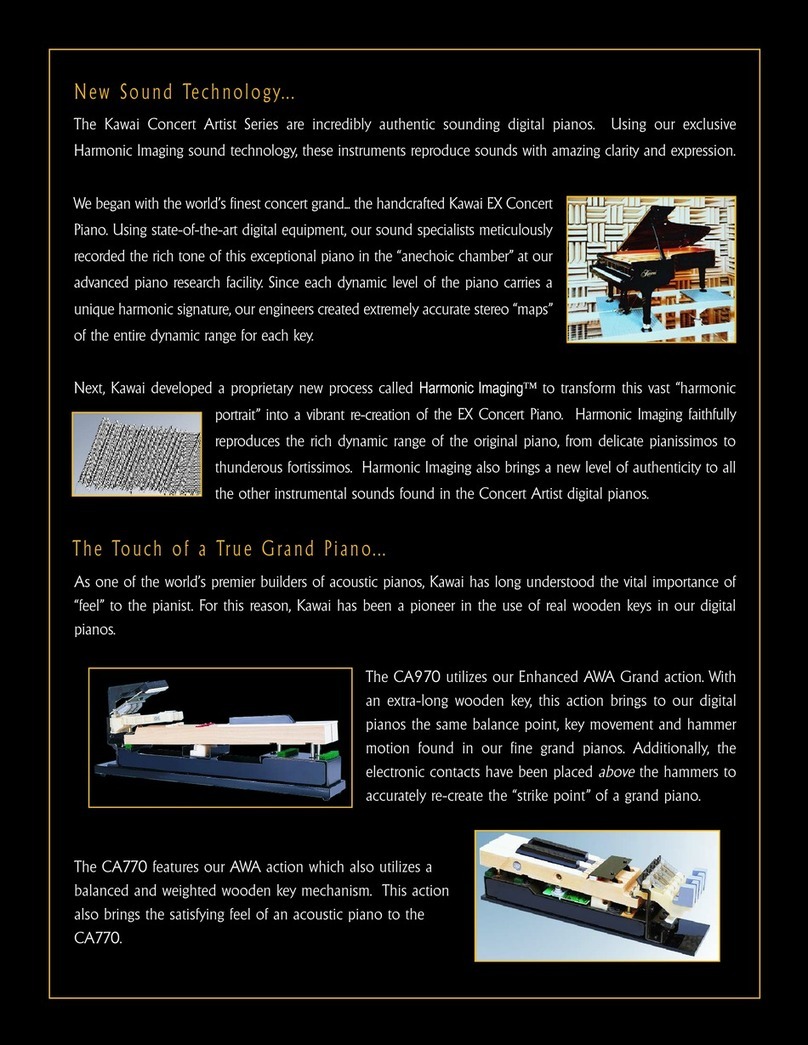
Kawai
Kawai CA970 User manual
